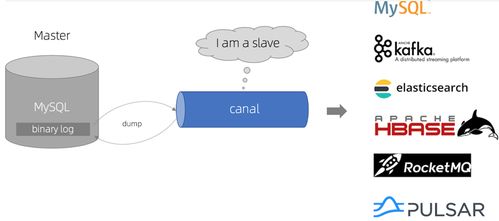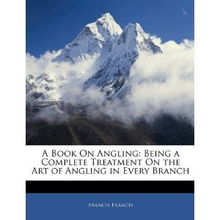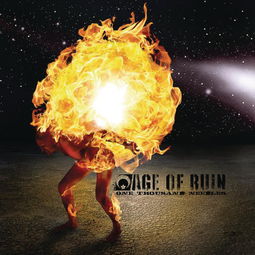Content:
Introduction: Fishing, an ancient and cherished pastime, requires not only patience but also skill and knowledge. One of the most crucial aspects of fishing is selecting the right hooks and lines. This article will delve into the essential tips and techniques for choosing the perfect hooks and lines to enhance your fishing experience.
Understanding Hooks: Hooks are the core component of any fishing gear, as they are responsible for catching the fish. Here are some factors to consider when selecting hooks:
1 Size: The size of the hook should match the size of the bait and the fish you are targeting. Larger hooks are suitable for bigger fish, while smaller hooks are ideal for smaller fish or more delicate baits.
2 Shape: Different fish species have varying preferences for hook shapes. For instance, treble hooks are great for luring bottom-feeding fish, while single hooks are perfect for surface fishing. It's essential to research the specific species you are targeting and choose the appropriate hook shape accordingly.
3 Material: Hooks are available in various materials, including steel, brass, and titanium. Steel hooks are the most common and cost-effective, while brass and titanium hooks offer increased durability and strength. Consider the fish species and the type of fishing you will be doing when choosing the hook material.
Selecting the Right Line: The choice of fishing line can significantly impact your fishing success. Here are some tips for selecting the right line:

1 Line Type: There are several types of fishing lines available, including monofilament, fluorocarbon, and braided lines. Monofilament lines are flexible and forgiving, making them ideal for beginners. Fluorocarbon lines are nearly invisible underwater, offering better camouflage for your bait. Braided lines are incredibly strong and durable, but they can be more challenging to cast and tie knots with.
2 Line Weight: The line weight refers to the amount of tension the line can withstand before breaking. Choose a line weight that matches the size of the fish you are targeting and the type of fishing you will be doing. Heavier lines are suitable for larger fish and stronger currents, while lighter lines are ideal for smaller fish and more delicate fishing environments.
3 Line Length: The length of your line depends on the fishing spot and the type of fishing you are doing. Longer lines allow for greater casting distance and better control, while shorter lines can be more effective for certain techniques, such as nymphing or fly fishing.
Knots and Leader: Properly tying knots and using leaders are essential for successful fishing. Here are some tips:
1 Knots: Learn to tie various knots, such as the improved clinch knot, the Palomar knot, and the surgeon's knot. These knots are versatile and provide a secure connection between your hook, leader, and fishing line.
2 Leader: A leader is a short section of line that connects your main fishing line to your lure or bait. Leaders help to reduce the visibility of your line and protect your main line from abrasion. Choose a leader material that matches the strength and flexibility of your main line.
Conclusion: Selecting the right hooks and lines is a crucial aspect of fishing that can greatly impact your success. By understanding the various factors involved, such as hook size, shape, and material, as well as line type, weight, and length, you can enhance your fishing experience and increase your chances of catching fish. Remember to practice your knots and leader techniques to ensure a secure connection between your hook, leader, and main line. Happy fishing!












